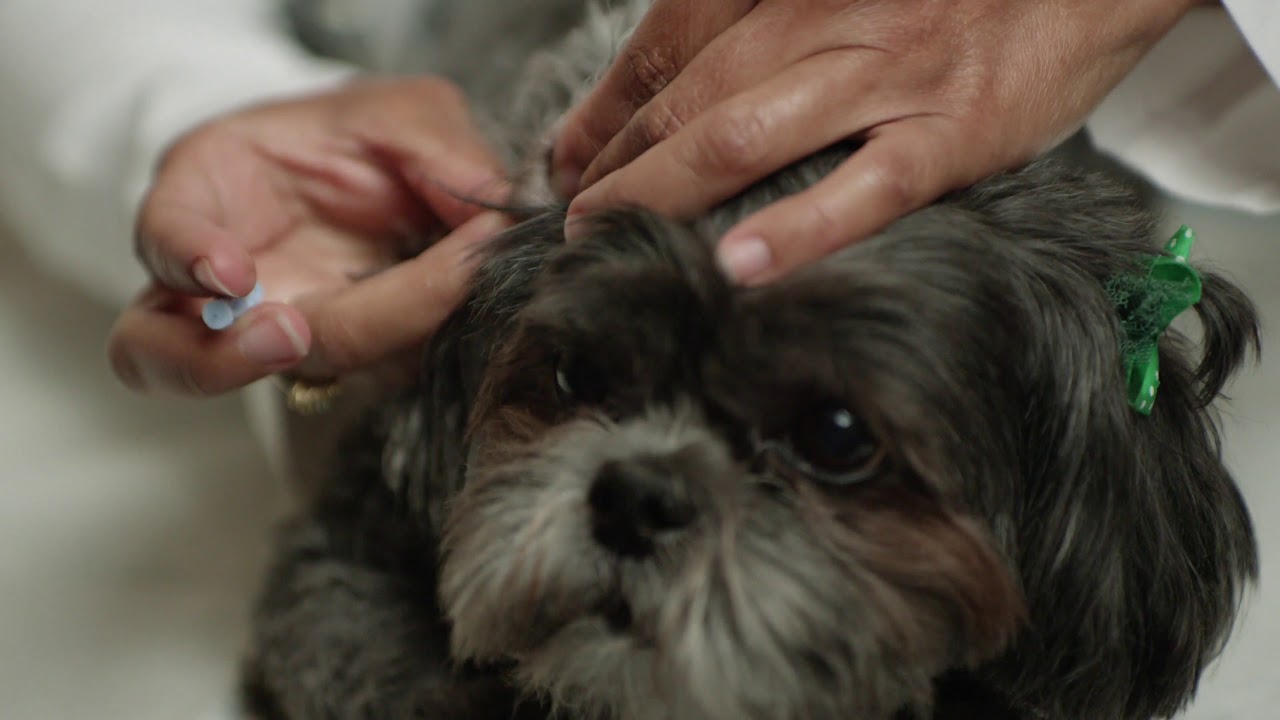How to Test Your Dog’s Blood Glucose at Home
Diabetes mellitus and diabetes insipidus are two kinds of diabetes in dogs. Diabetes insipidus is an extremely rare condition that does not regulate the body’s water content. Your dog has the most common diabetes type, Mellitus diabetes. This condition is observed quite regularly, mainly in dogs between 7 and 9 years old or older. In certain races, there is a genetic propensity and females are twice as often as males. Simply said, diabetes mellitus does not manage blood sugar in the pancreas.

The pancreas is a small but crucial organ near the stomach. It has two important cell populations. The enzymes required for optimal digestion are produced by one type of cell, while the other (beta cells) create the hormone called insulin.
Learn How the Blood Sugar Levels Can be Checked by Glucometer for Dogs:
You’ll first need a glucometer for dogs. This is used to check the blood sugar levels of your dog. The easiest form of glucometer to use is a test strip that sucks your dog’s blood by capillary action. It is considerably easier than using a meter to gather enough blood on the test strip.
The glucometer for dogs may feature a lancet, which you will use to pick up a small drop of blood on the ear of your dog. There are various more areas where blood can also be collected:
- Base of the tail
- In the lip
- Outside of the lip
- In the tumult on the leg of the dog
Try different places to find the finest area your dog can accept.
The glucometer values give you the blood sugar level of your dog. The values should ideally be between 80 and 120 mg/dL (milligrams glucose per deciliter of blood).
Is My Dog Ready for Diabetes Testing?
This is often a fast and somewhat painless procedure for dogs. Most dogs are fine. The hardest thing for most dogs is the retention required for resistant dogs to acquire your sample. In this situation, this test may be done in the office of your veterinarian where they are qualified to test and restrain animals.

Nancy, our tech-savvy pet parent, explores the latest in pet tech, from smart toys to interactive feeders.







